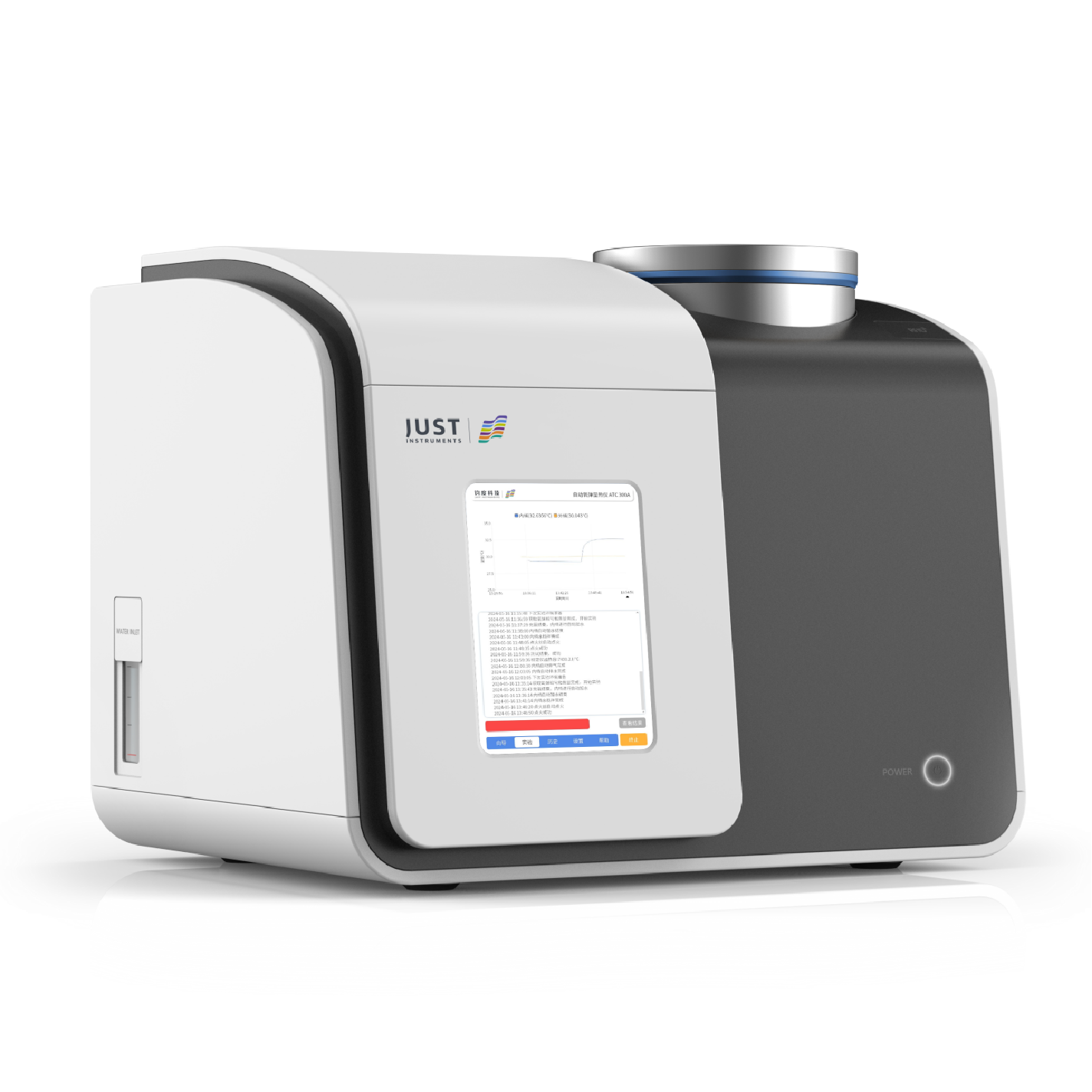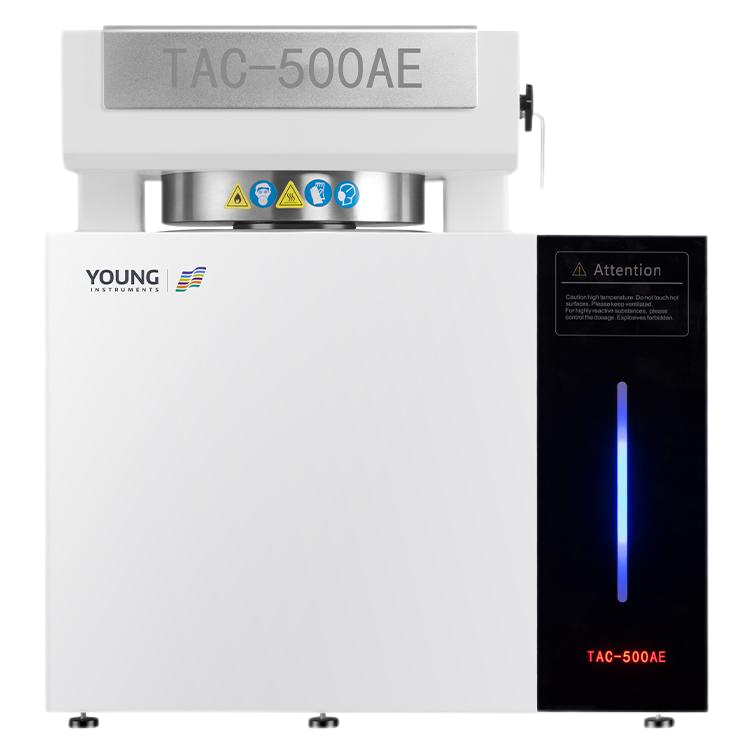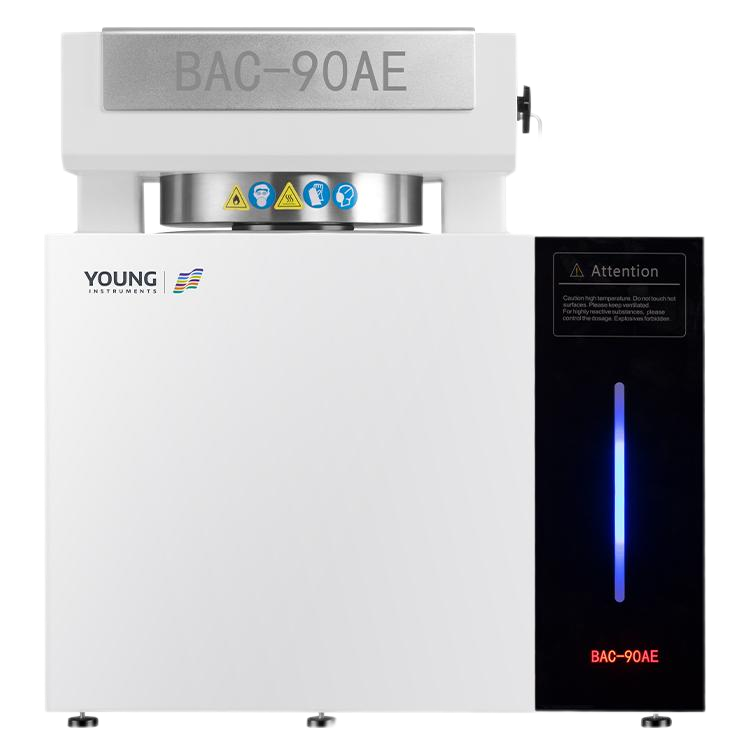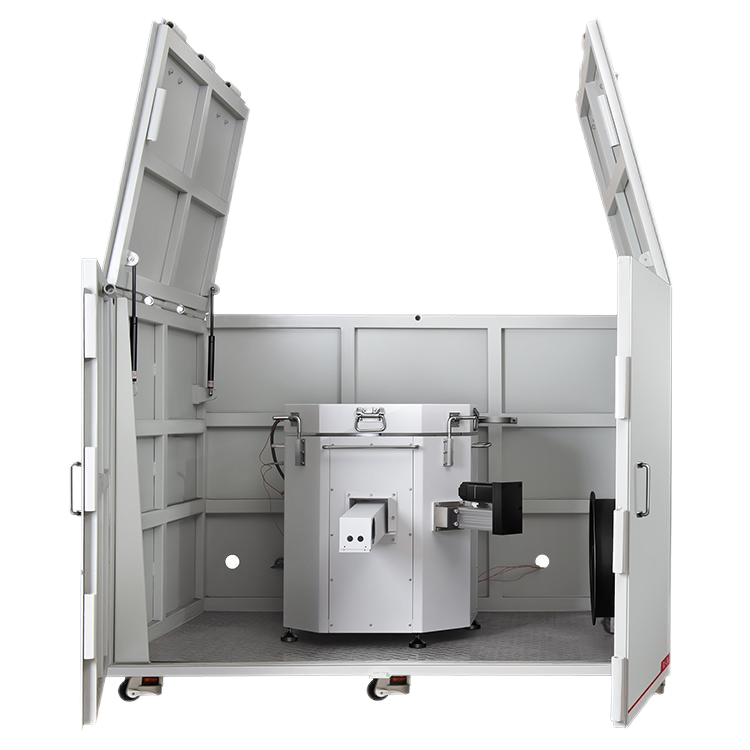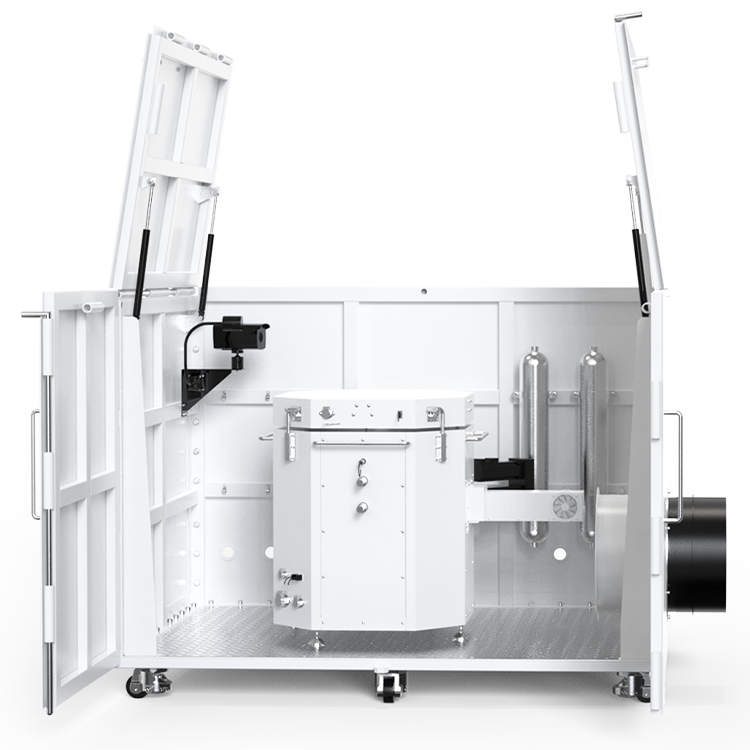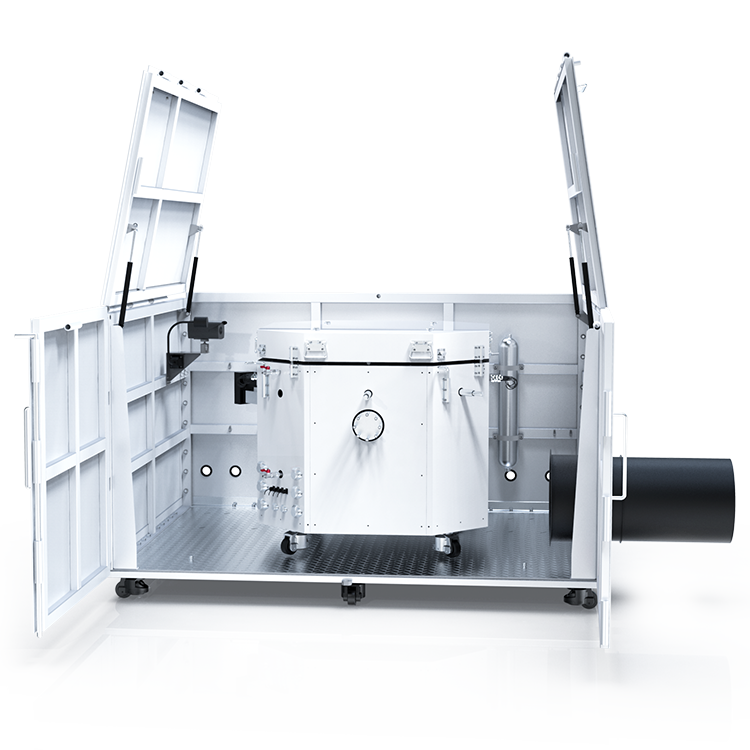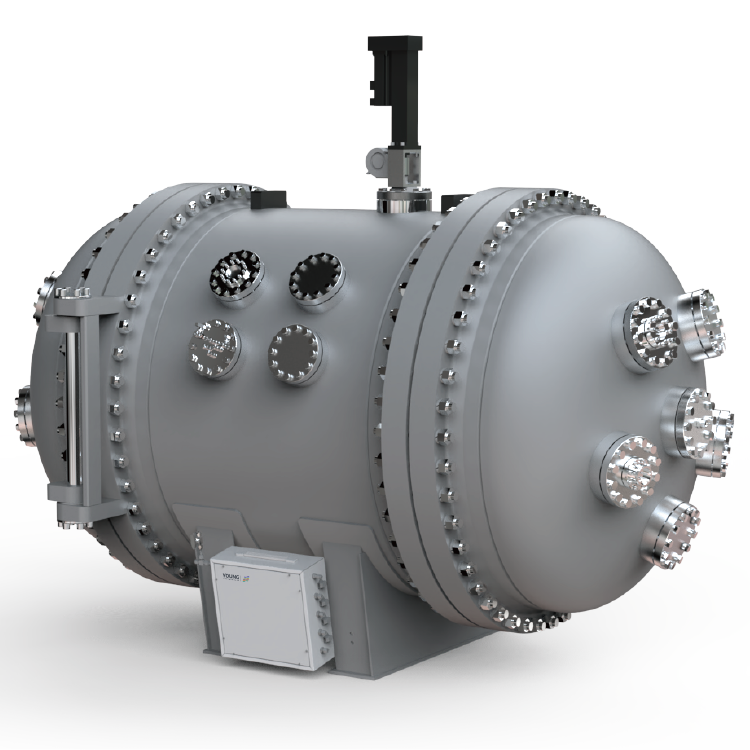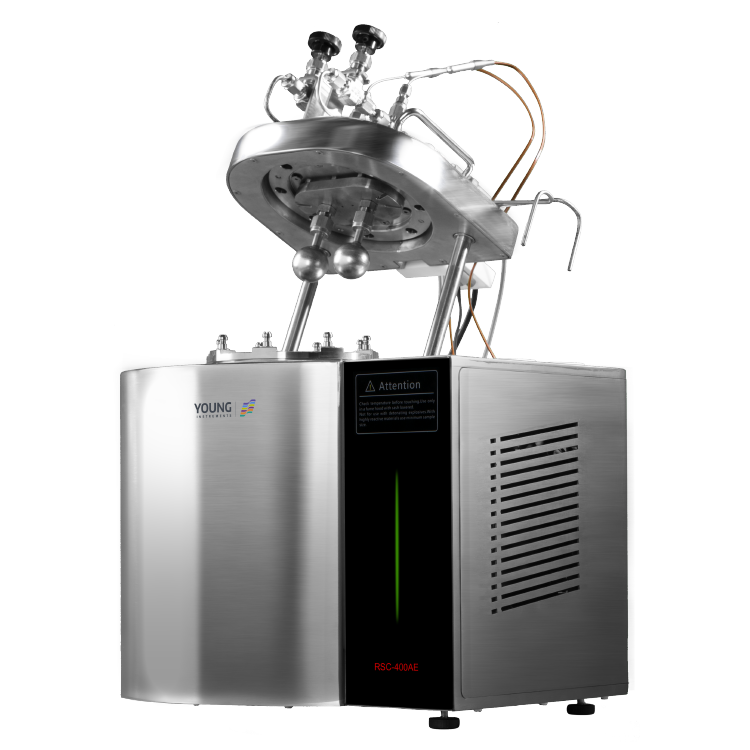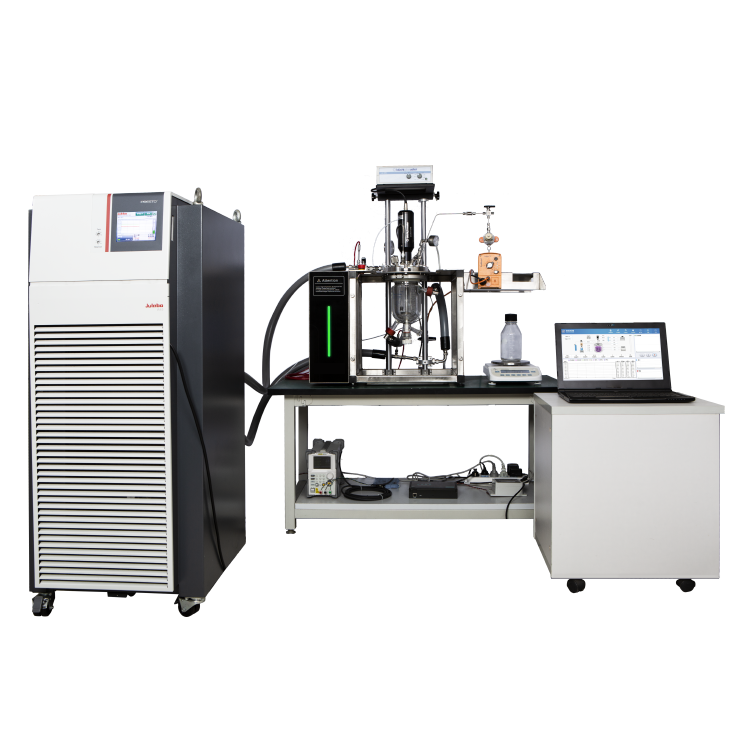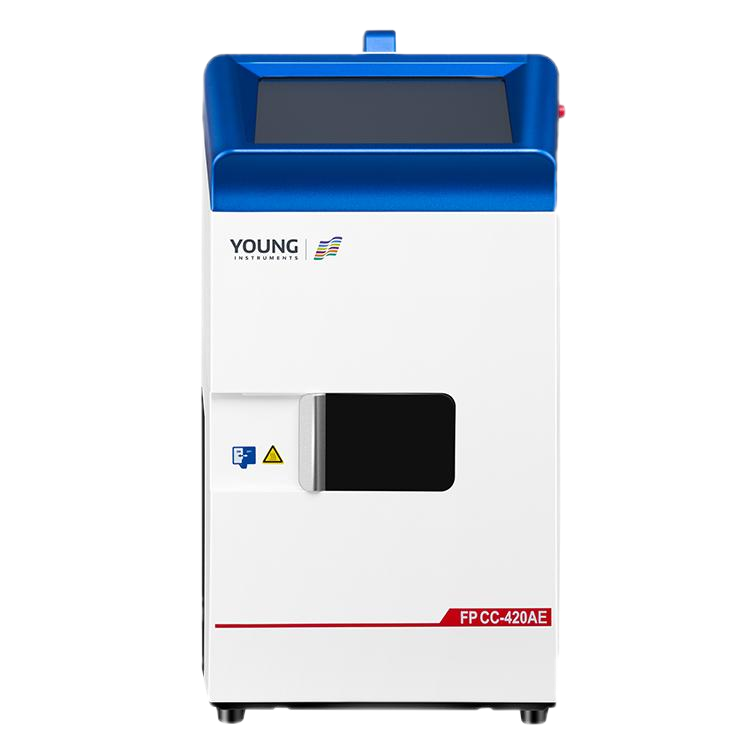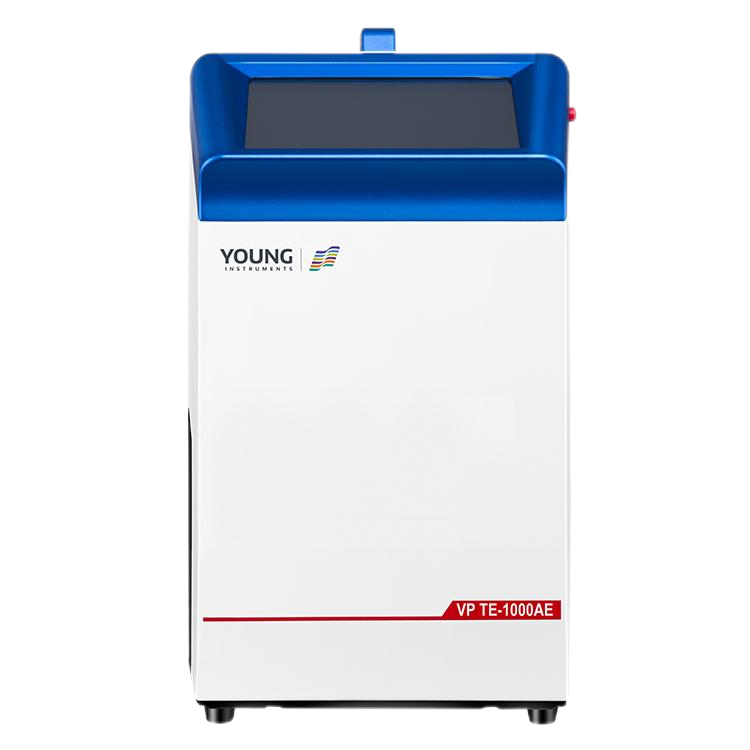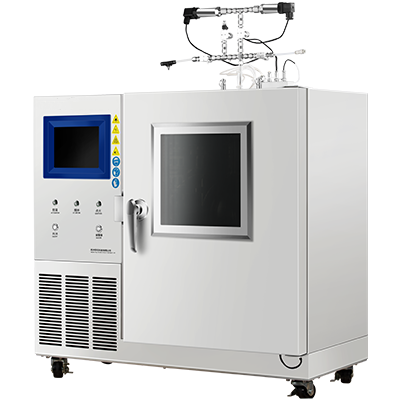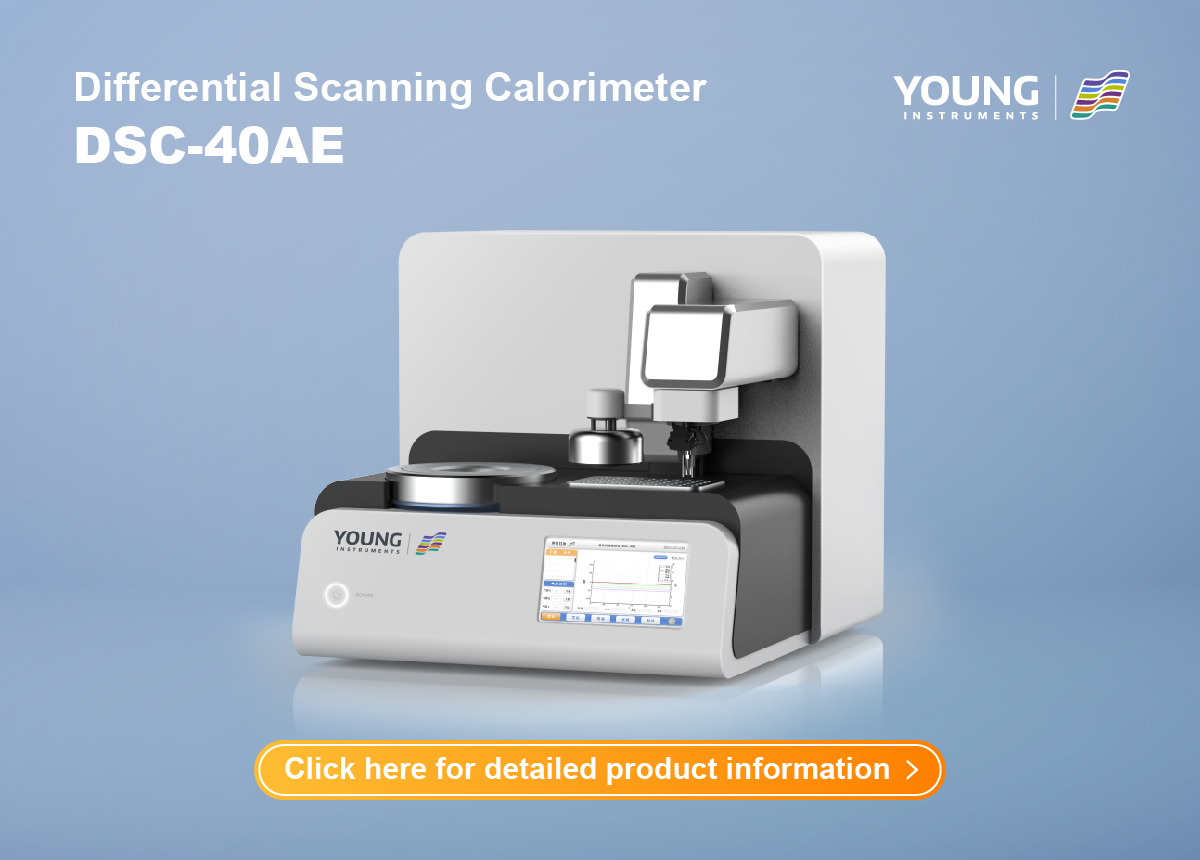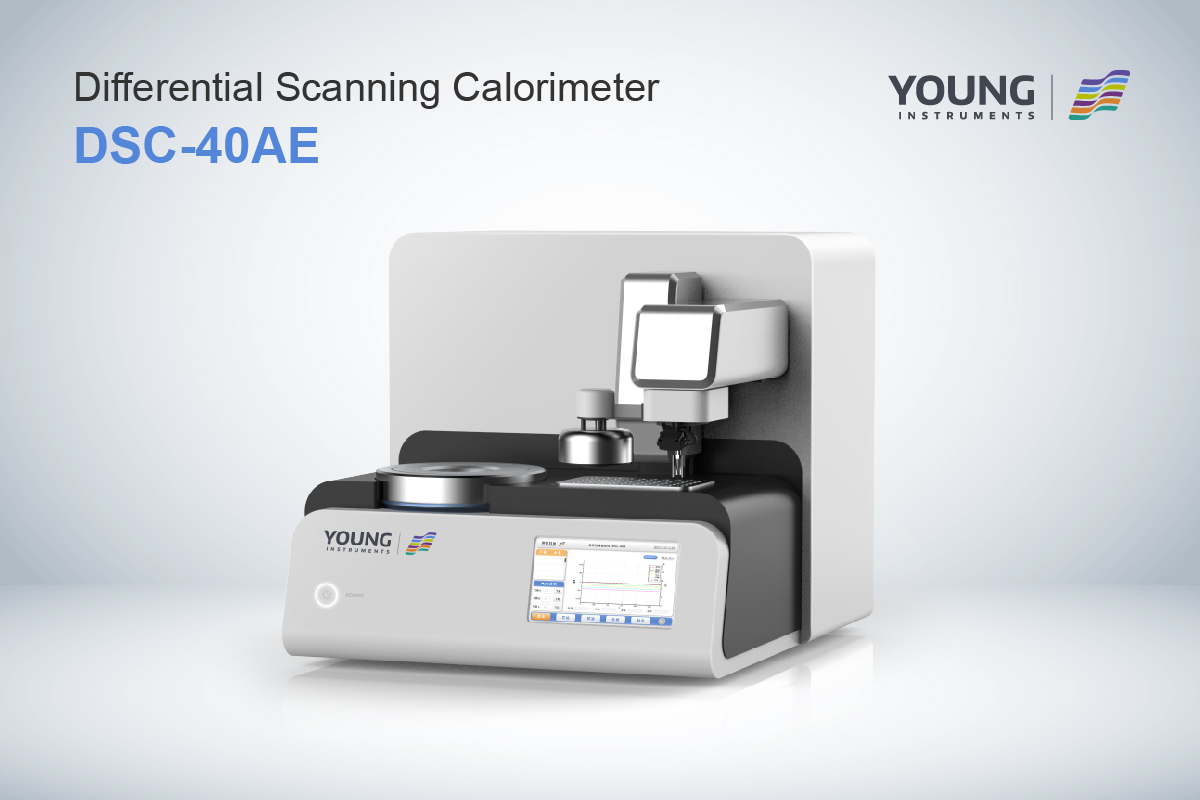DSC Analysis Machine: A Deep Dive into Thermal Analysis Technology
When was the last time you considered how heat affects the materials we interact with every day? Whether it’s the plastic packaging of your food, the rubber in your car tires, or the coatings on your electronics, understanding how materials react to heat can make all the difference in product performance and longevity. This is where Differential Scanning Calorimetry (DSC) comes into play.
But what exactly is DSC, and why is it a critical tool for industries ranging from manufacturing to pharmaceuticals? In this blog, we’ll explore the DSC analysis machine and how it plays a pivotal role in revealing the hidden thermal behaviors of materials.
The Principle Behind DSC Analysis Machines
The operation of a DSC analysis machine is based on the principle of measuring the heat flow difference between the sample and the reference. These two are placed in adjacent crucibles, both subjected to a controlled temperature program. The temperature difference is monitored, with any changes in heat flow recorded as peaks or valleys in a DSC curve.
In heat flux DSC, the sample and reference are heated or cooled in sync, but the key difference is the heat flow differential. As a material undergoes a thermal event like melting or crystallization, it will either absorb or release heat, creating a detectable difference in heat flow between the sample and reference.
The data gathered from the heat flow difference is then plotted as a DSC curve, which provides insights into various material properties, such as melting point, glass transition temperature, and enthalpy changes during reactions.
Key Features of the DSC-40AE: A High-Performance Thermal Analysis Tool
When it comes to reliable and precise thermal analysis, the DSC-40AE from Hangzhou Zeal Instruments Science & Technology Co., Ltd. stands out as an advanced solution. The DSC-40AE is designed using a tower-type heat flow method, which enhances both the resolution and sensitivity of the instrument.
Why Choose the DSC-40AE?
- Precision Temperature Control: The DSC-40AE offers a wide operating temperature range from room temperature (RT) to 600°C, making it suitable for a diverse range of materials and applications.
- High Sensitivity: It boasts an exceptional heat flow display resolution of 0.1 μW and a baseline stability of 200 μW, which ensures accurate detection of minute changes in heat flow during thermal events.
- Advanced Measurement Capabilities: The instrument provides accurate measurements for various parameters like heat flow peaks, glass transition temperature (Tg), melting points (Tm), and enthalpy changes, essential for a range of applications in both research and industrial settings.
- Multiple Control Modes: The ramp and isothermal temperature control modes allow for flexibility in testing, whether you’re interested in heating a material at a constant rate or holding it at a steady temperature for a period of time.
- Durability and Ease of Use: With a nickel-chromium substrate that enhances oxidation resistance and a high-definition touchscreen, the DSC-40AE combines durability with user-friendly operation.
Key Applications of DSC Analysis Machines
The versatility of DSC technology makes it indispensable in many fields, particularly in evaluating materials’ thermal properties and reaction behaviors. Here’s how DSC analysis machines, like the DSC-40AE, are applied across various industries:
Thermal Stability Analysis
For industries like plastics, rubber, coatings, and food production, thermal stability is crucial. DSC machines can determine the thermal decomposition temperature of materials, helping manufacturers identify the temperature range at which materials begin to break down or degrade. This information is invaluable for optimizing processing conditions and ensuring the durability of products under varying temperature conditions.
Phase Transition Temperature Measurement
In industries that deal with polymers, pharmaceuticals, or even food, knowing the exact phase transition temperatures (e.g., melting points, glass transition temperatures) is essential. DSC machines help determine these temperatures with great accuracy. For example:
- Polymers: Understanding the glass transition temperature (Tg) is key to optimizing processing conditions and ensuring material performance at different temperatures.
- Pharmaceuticals: For drug formulation, DSC helps evaluate how a drug’s stability is affected by heat, a factor that plays a role in its efficacy and shelf life.
- Food: DSC can also be used in food science to determine the melting or crystallization points of fats, which is crucial for product consistency.
Reaction Kinetics Studies
DSC is invaluable for studying chemical reactions under heat. Whether it’s the curing of resins, polymerization, or decomposition reactions, DSC helps analyze the enthalpy changes associated with these reactions. By measuring the heat released or absorbed during such reactions, manufacturers can fine-tune production processes and ensure product quality.
Interpreting DSC Curves: A Key to Understanding Material Behavior
The DSC curve provides a graphical representation of a material’s thermal behavior, and understanding it is essential for drawing meaningful conclusions from the analysis. Here are some of the key features of DSC curves that can be interpreted:
Baseline (Flat Region)
The baseline represents the heat flow difference between the sample and reference when no thermal events are occurring. A stable baseline indicates a constant thermal state for both the sample and reference.
Exothermic Peak (Downward Peak)
An exothermic peak occurs when the sample releases heat, indicating a reaction like crystallization, curing, or chemical decomposition. The peak temperature can provide insights into the material’s specific thermal behavior during these transitions.
Endothermic Peak (Upward Peak)
An endothermic peak appears when the sample absorbs heat, such as during melting, evaporation, or glass transition. The position of the peak can help determine important properties like melting points (Tm) or glass transition temperatures (Tg).
Enthalpy Change
The area under the peak on the DSC curve correlates to the amount of enthalpy change (heat absorbed or released) during a thermal event. This is particularly useful for quantifying the energy associated with phase transitions or chemical reactions.
Baseline Shifts and Multiple Peaks
A shift in baseline after a peak may indicate changes in the material’s heat capacity or an ongoing reaction. Similarly, multiple peaks may suggest that more than one phase transition or reaction is occurring within the same temperature range.
Conclusion: The Importance of DSC Analysis in Modern Industries
From determining the thermal stability of materials to understanding phase transitions and reaction kinetics, DSC analysis machines like the DSC-40AE are indispensable in advancing material science and improving product quality. With their ability to measure minute changes in heat flow, these instruments empower manufacturers, researchers, and engineers to optimize processes, enhance product performance, and develop new materials with better thermal properties.
For businesses looking to leverage the power of differential scanning calorimetry for research or quality control, the DSC-40AE from Hangzhou Zeal Instruments Science & Technology Co., Ltd. offers unmatched precision, versatility, and reliability.
By integrating DSC technology into your workflow, you unlock the full potential of materials, pushing the boundaries of innovation across multiple industries.







